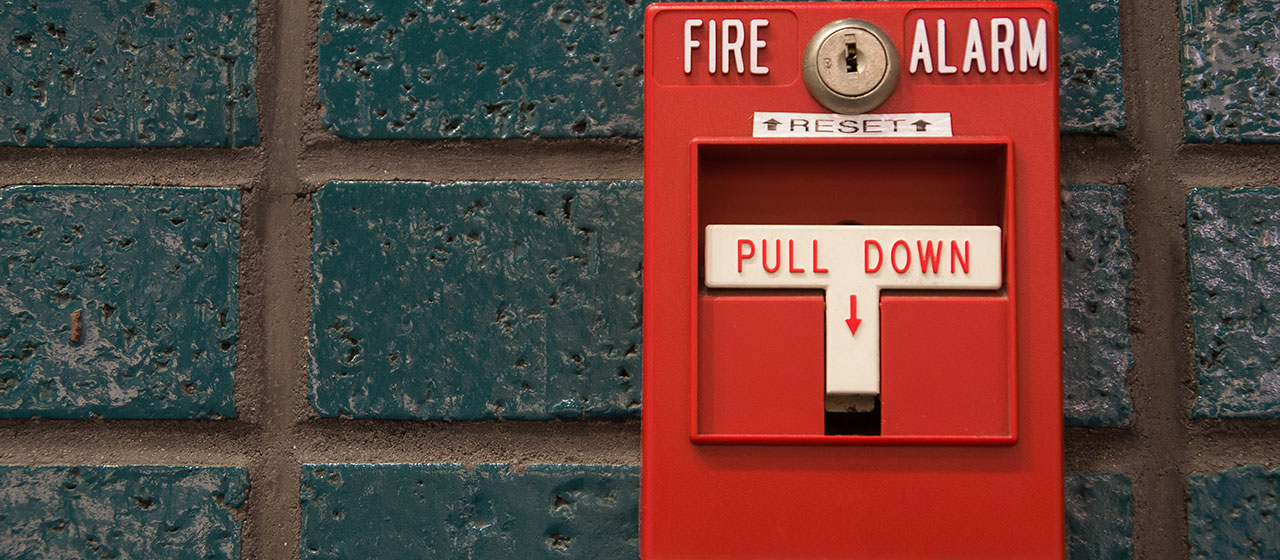NFPA 72 And Building Codes: How They Work Together To Keep Us Safe

Fire safety is a top priority in any building, and the coordination between fire safety standards and building codes plays a crucial role in safeguarding occupants and property. NFPA 72, the National Fire Alarm and Signaling Code, works in tandem with building codes to establish comprehensive guidelines for the design, installation, testing, and maintenance of fire safety equipment and fire alarm systems. In this article, we will explore how NFPA 72 and building codes collaborate to create a harmonious framework that enhances fire safety measures, protecting people and property from the devastating impact of fires.
Understanding NFPA 72: The Foundation Of Fire Alarm Systems
NFPA 72 is a comprehensive standard developed by the National Fire Protection Association to address fire alarm and signaling systems’ requirements. It serves as the backbone for the design, installation, and maintenance of fire safety equipment in various types of buildings, including commercial, industrial, and residential structures. NFPA 72 is regularly updated to incorporate the latest advancements in fire safety technology and best practices.
Building Codes: An Integrated Approach To Safety
Building codes are a set of regulations enacted by local, state, or national governments to ensure the safety and well-being of building occupants. These codes cover various aspects of building construction and design, including fire safety measures, structural integrity, electrical systems, and accessibility. Building codes are constantly evolving to align with changing safety standards and technological advancements.
Coordination And Compliance
NFPA 72 and building codes work together in harmony to establish comprehensive fire safety measures within buildings. Compliance with both sets of regulations is essential for constructing safe buildings and maintaining a secure environment for occupants.
Design And Installation: Aligning With NFPA 72
During the design and construction phase of a building, architects and engineers incorporate NFPA 72 guidelines to ensure the proper installation of fire safety equipment and alarm systems. The placement of fire alarms, smoke detectors, heat sensors, and notification devices is carefully planned to provide optimal coverage and early detection of potential fire incidents.
Inspections And Testing: Meeting Building Code Requirements
Building codes typically mandate regular inspections and testing of fire safety equipment to ensure compliance with NFPA 72 and other applicable standards. These inspections are crucial to verify that the fire alarm systems are functioning correctly and capable of detecting fires promptly.
Maintenance: Ensuring Long-Term Compliance
Proper maintenance of fire safety equipment is a key aspect of both NFPA 72 and building code compliance. Building owners and facility managers must adhere to scheduled maintenance activities, including periodic testing, calibration, and equipment replacements if necessary.
Addressing Local Requirements
Building codes may have additional requirements specific to the local jurisdiction. These requirements may encompass factors such as fire department access, emergency egress routes, and the use of specific fire safety equipment based on regional hazards and risks.
Evolving Standards: Keeping Pace With Advancements
Both NFPA 72 and building codes are continuously updated to reflect technological advancements and best practices in fire safety. It is essential for building owners, architects, engineers, and facility managers to stay informed about these updates to ensure ongoing compliance.
Training And Education
To ensure the effective implementation of NFPA 72 guidelines and building codes, training and education play a crucial role. Building owners, facility managers, and occupants must be aware of fire safety protocols, emergency procedures, and the proper use of fire safety equipment.
Occupant Safety: The Ultimate Goal
The collaboration between NFPA 72 and building codes has one ultimate objective – the safety of building occupants. By adhering to these standards, building owners and managers create a secure environment that reduces the risk of fire incidents and ensures a prompt response in case of emergencies.
Coordination With Fire Authorities
Local fire authorities play an important role in ensuring compliance with fire safety standards. They review building plans, conduct inspections, and work closely with building owners and managers to ensure that fire safety measures are in place and up to date.
NFPA 72 and building codes work hand in hand to create a comprehensive framework that enhances fire safety in buildings. By aligning with NFPA 72 guidelines during the design and installation phase, and complying with building codes for inspections, testing, and maintenance, building owners and managers can create a secure environment for occupants. The ultimate goal of this collaboration is to protect lives and property, ensuring that fire safety equipment and alarm systems function effectively and provide early detection and notification in case of fire incidents.
